I’m excited to show you all our finished kitchen! It’s been great to read all your responses to my stories on Instagram while the renovation was ongoing – you helped me make some important choices for our worktops!
For the new kitchen we chose practicality and durability as the rule of law. You all know my vintage kitchen downstairs with the ESSE stove and the open shelves and the apothecary cabinet… the little drawers on the apothecary cabinet are troublesome for a working kitchen and the open shelves gather a massive amount of dust.
- Find a vintage cabinet that you like for your kitchen counter and give it some love
- Talk to a local kitchen builder, they might be just a little bit more expensive but will give you more value
- Search for a company like Neolith to help you with a sustainable choice for your stone worktops
- Be creative, you can do whatever you like!

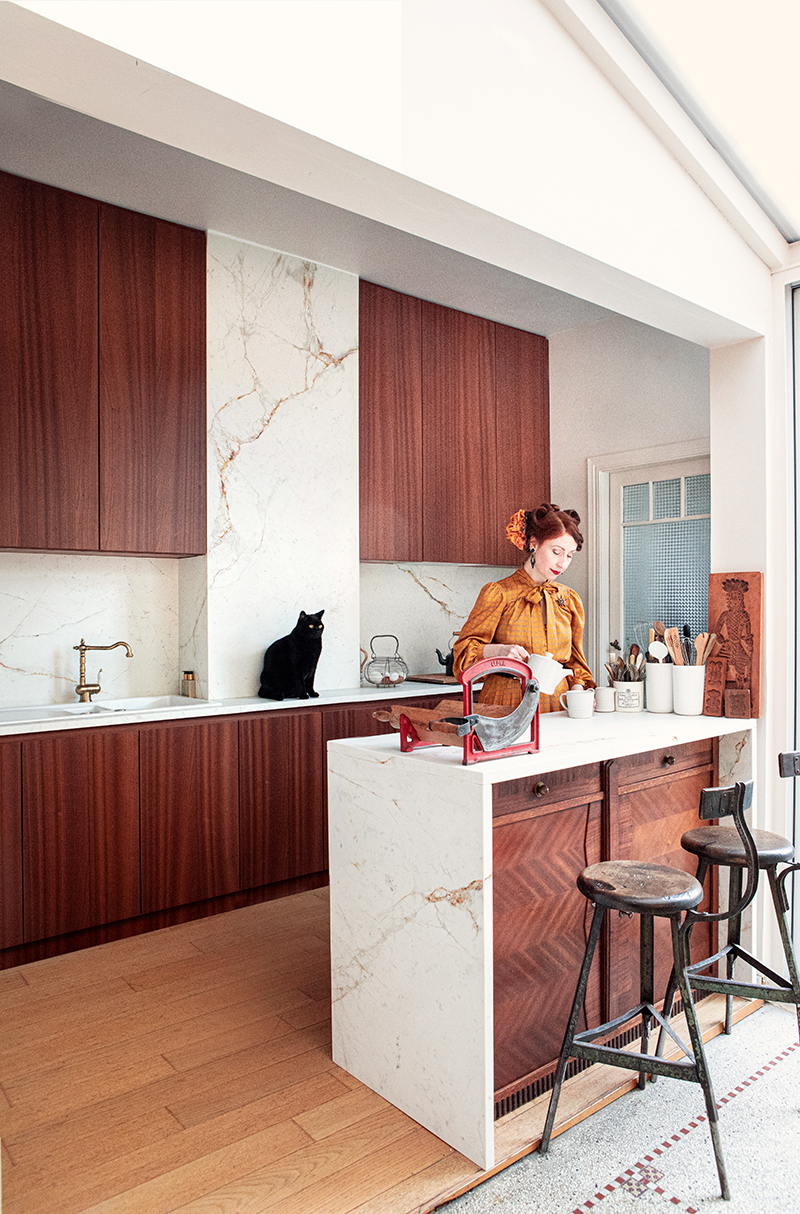
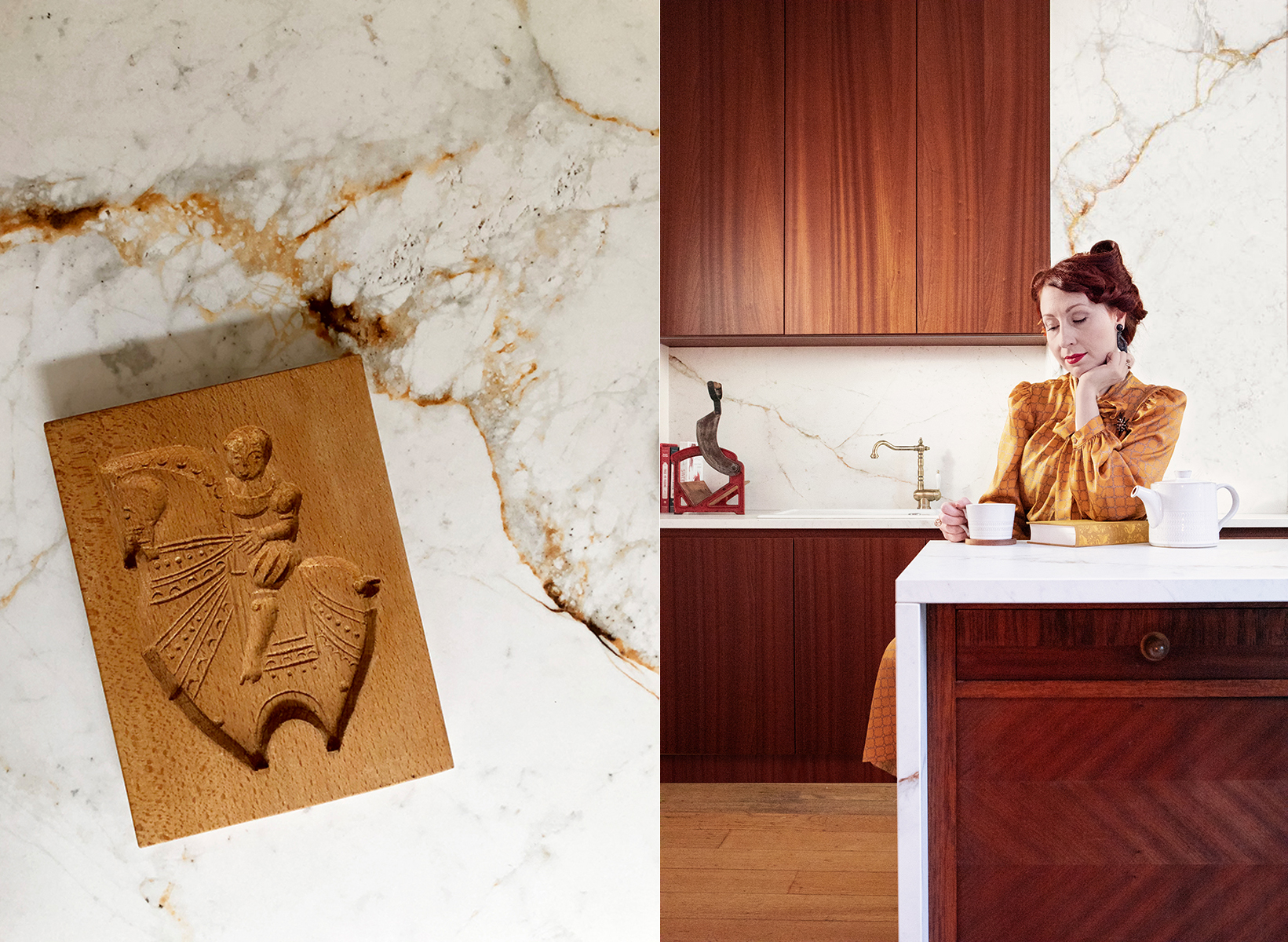

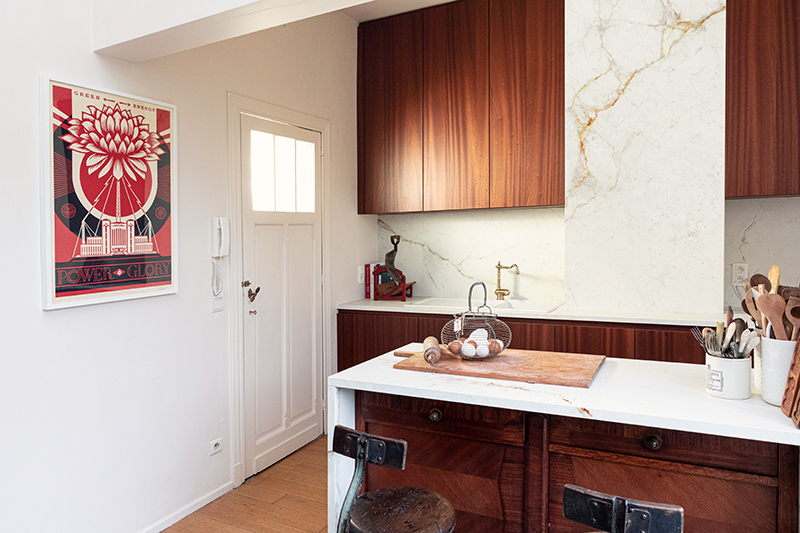
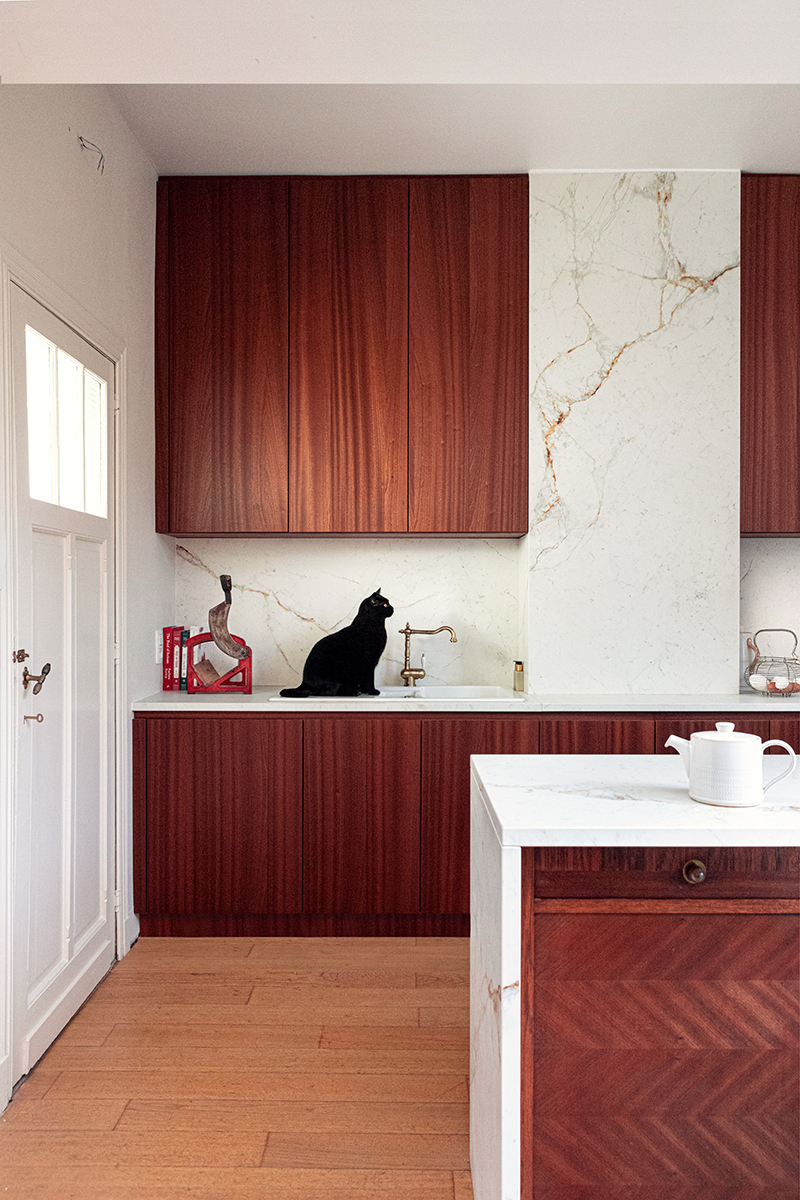
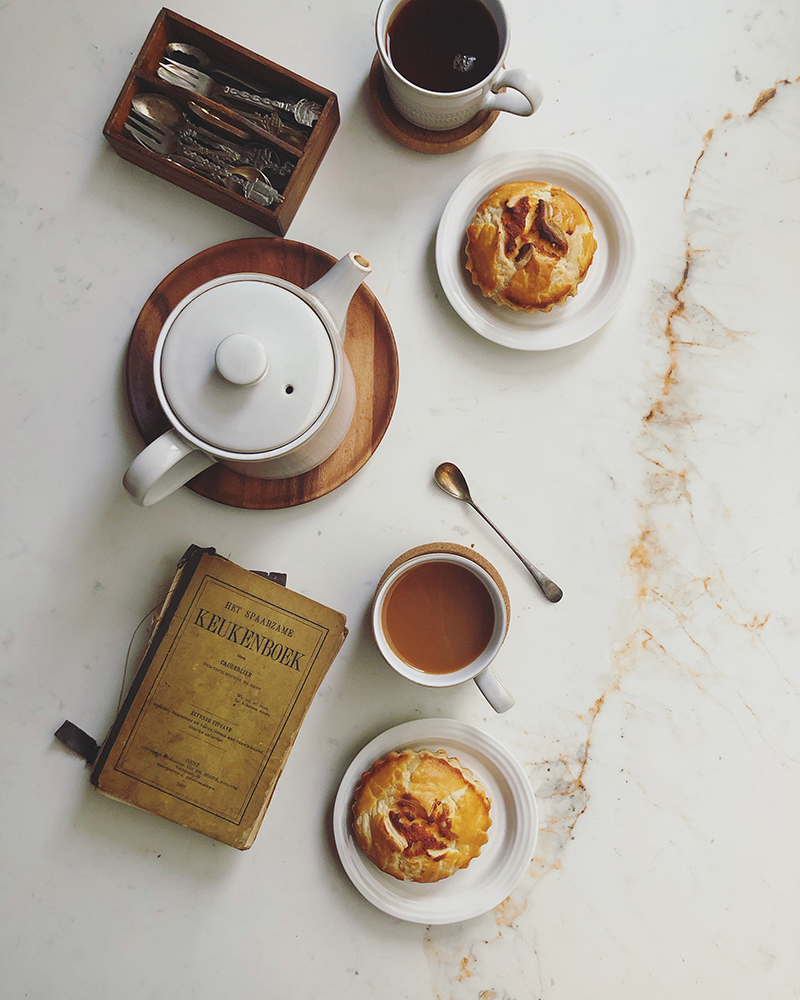
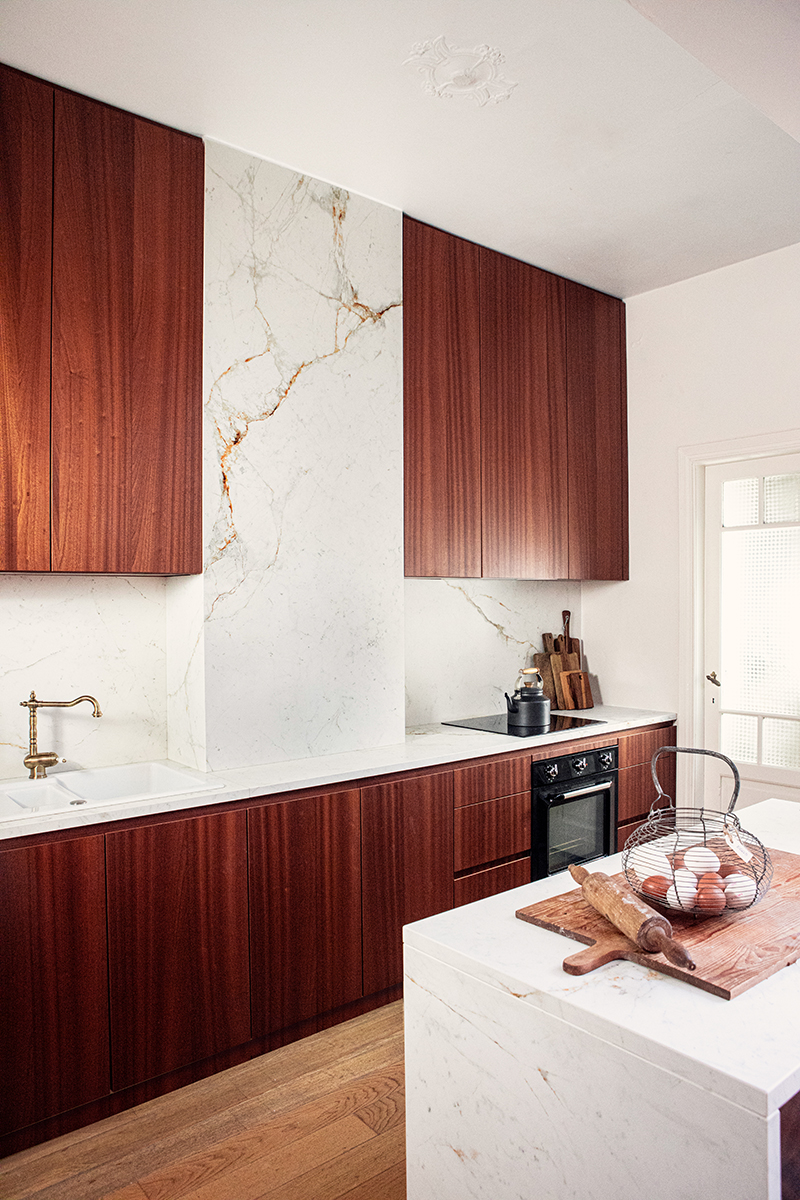






Leave a Reply